Eastern Europe offers some of the most breathtaking drives you’ll ever experience, yet many remain hidden from typical tourist routes. The region’s diverse landscapes range from coastal roads hugging the Adriatic to mountain passes cutting through ancient forests.
These lesser-known routes provide authentic cultural experiences without the crowds that plague Western European destinations. Here is a list of 20 scenic drives in Eastern Europe that deserve more attention from travelers seeking beauty off the beaten path.
Transfăgărășan Highway, Romania
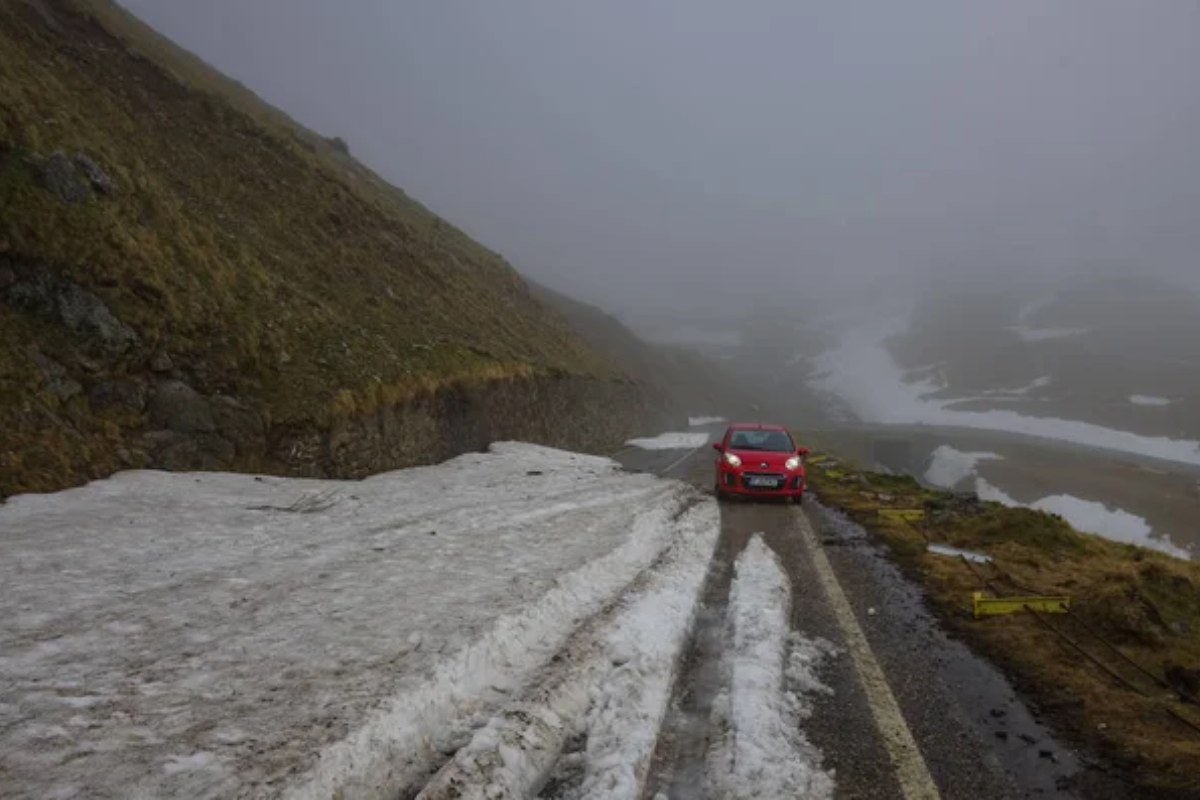
The Transfăgărășan Highway cuts through the Carpathian Mountains like a ribbon of asphalt draped across Romania’s most dramatic landscape. Built in the 1970s as a strategic military route, this 56-mile stretch rises to over 6,500 feet and features hairpin turns that would make Formula 1 drivers grip their wheels tighter.
Due to heavy snowfall, the road is only open from June to October, making it a seasonal treasure that rewards summer travelers with views of Lake Bâlea and the ruins of Poenari Castle.
Istrian Peninsula, Croatia
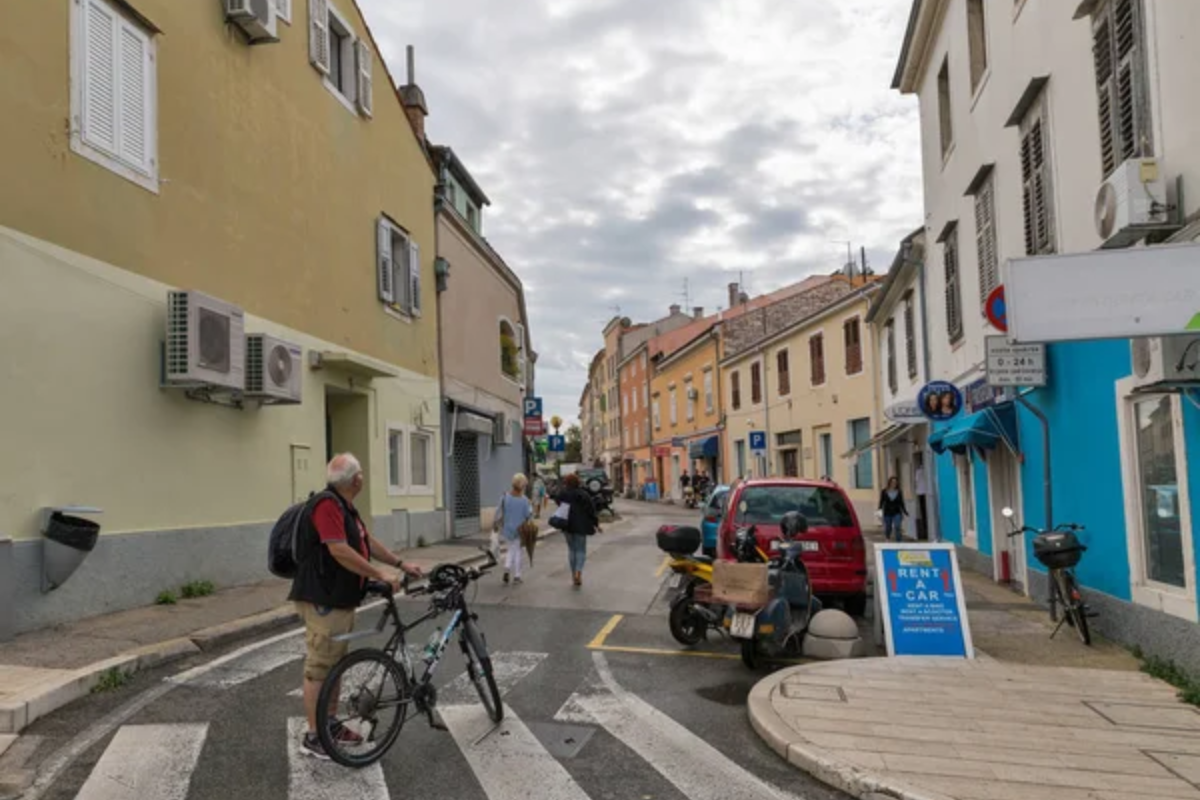
Croatia’s Y-shaped Istrian Peninsula offers a driving experience that feels like Italy without the crowds or prices. The route winds through medieval hilltop towns like Motovun and Grožnjan, where narrow cobblestone streets give way to panoramic views of rolling vineyards and olive groves.
Coastal sections reveal hidden coves with crystal-clear water, perfect for impromptu swimming breaks during your journey.
Like Travel Pug’s content? Follow us on MSN.
High Tatras Mountain Road, Slovakia
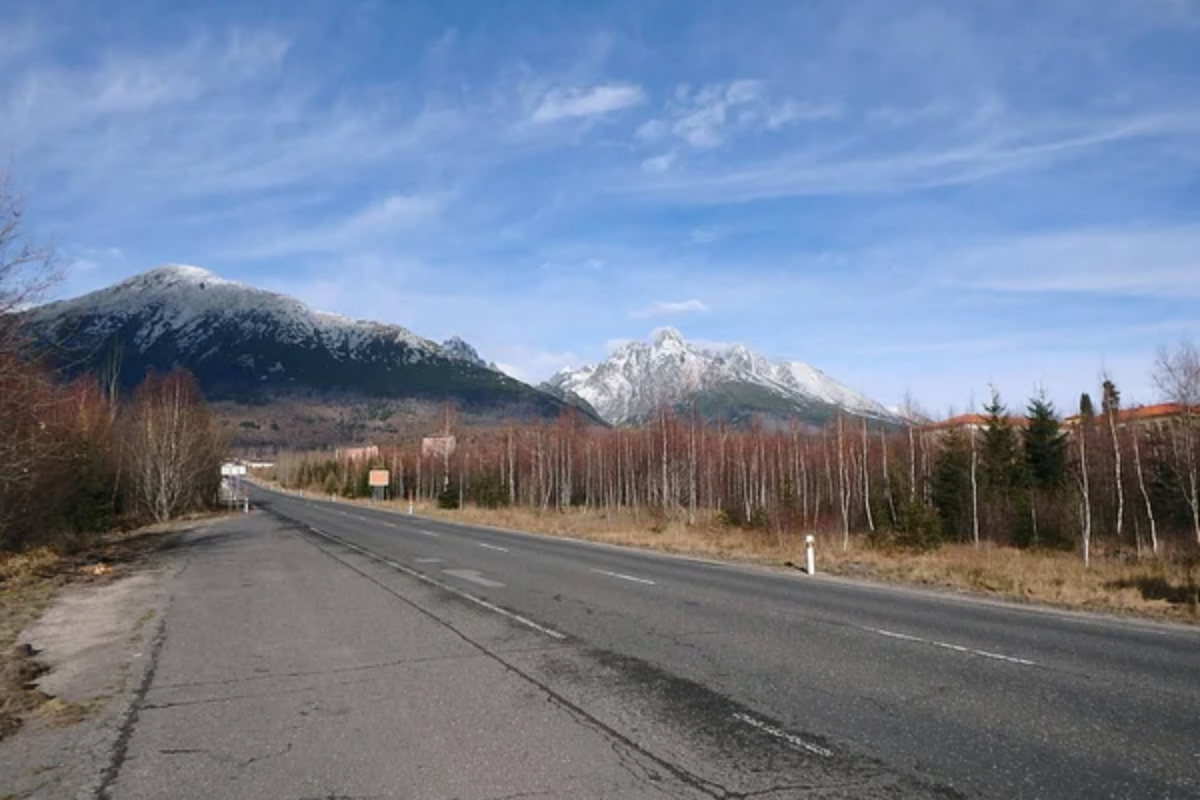
Slovakia’s High Tatras Mountain Road connects several alpine resorts and traditional villages beneath the country’s most majestic peaks. The 36-mile route feels like driving through a fairytale, with wooden churches and traditional shepherds’ huts dotting the landscape against snow-capped mountains.
Wildlife spotting is common here, with chances to glimpse brown bears, lynx, and wolves in one of Europe’s last true wilderness areas.
Balaton Uplands, Hungary

Hungary’s Balaton Uplands route skirts the northern shore of Lake Balaton, Central Europe’s largest freshwater lake. The road passes through volcanic hills covered in vineyards that produce some of Hungary’s finest white wines, particularly the crisp Olaszrizling variety.
Small villages like Tihany, with its 900-year-old abbey, provide perfect stopping points to sample local cuisine featuring freshwater fish from the ‘Hungarian Sea.’
Via Pontica, Bulgaria
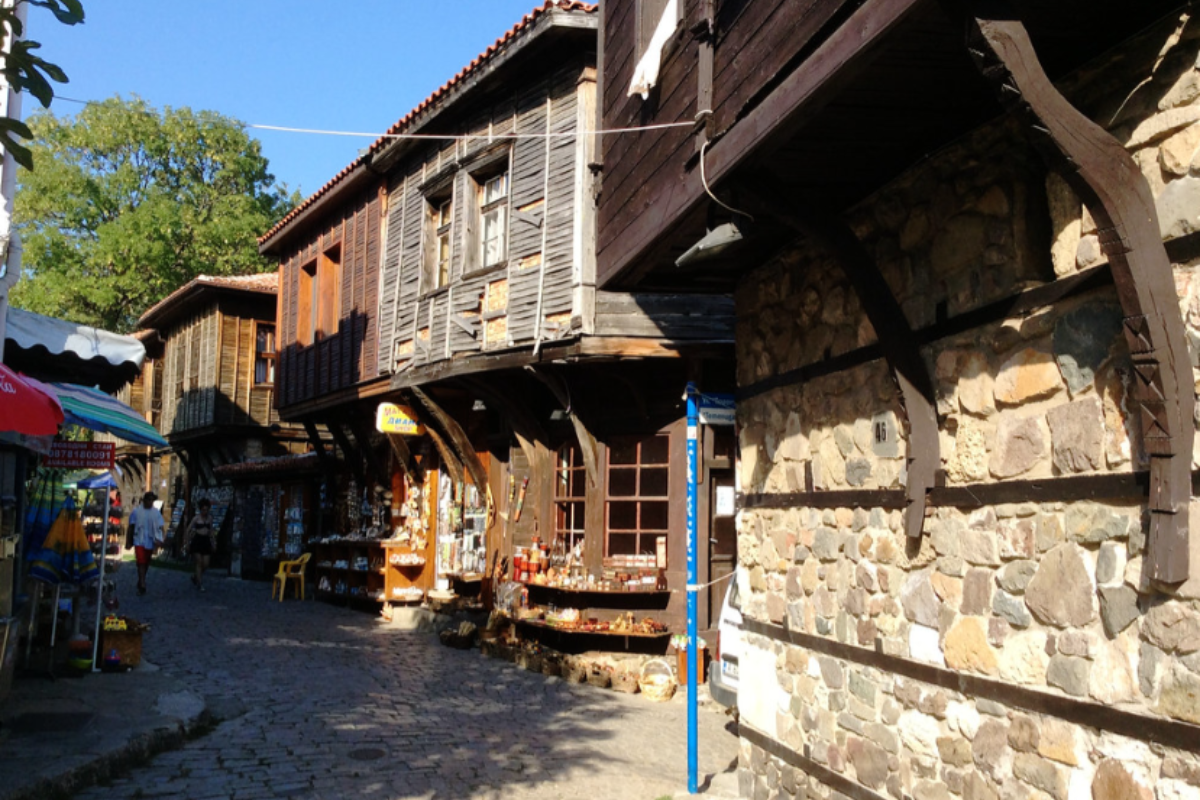
Bulgaria’s Via Pontica follows the ancient Roman road along the Black Sea coast, offering dramatic seaside views and access to hidden beaches. The route passes through forgotten fishing villages where time seems to stand still alongside modern resorts that have maintained their unique Bulgarian character.
Remnants of Greek, Roman, and Ottoman civilizations appear around every bend, making this drive as culturally rich as visually stunning.
Like Travel Pug’s content? Follow us on MSN.
Soča Valley Road, Slovenia
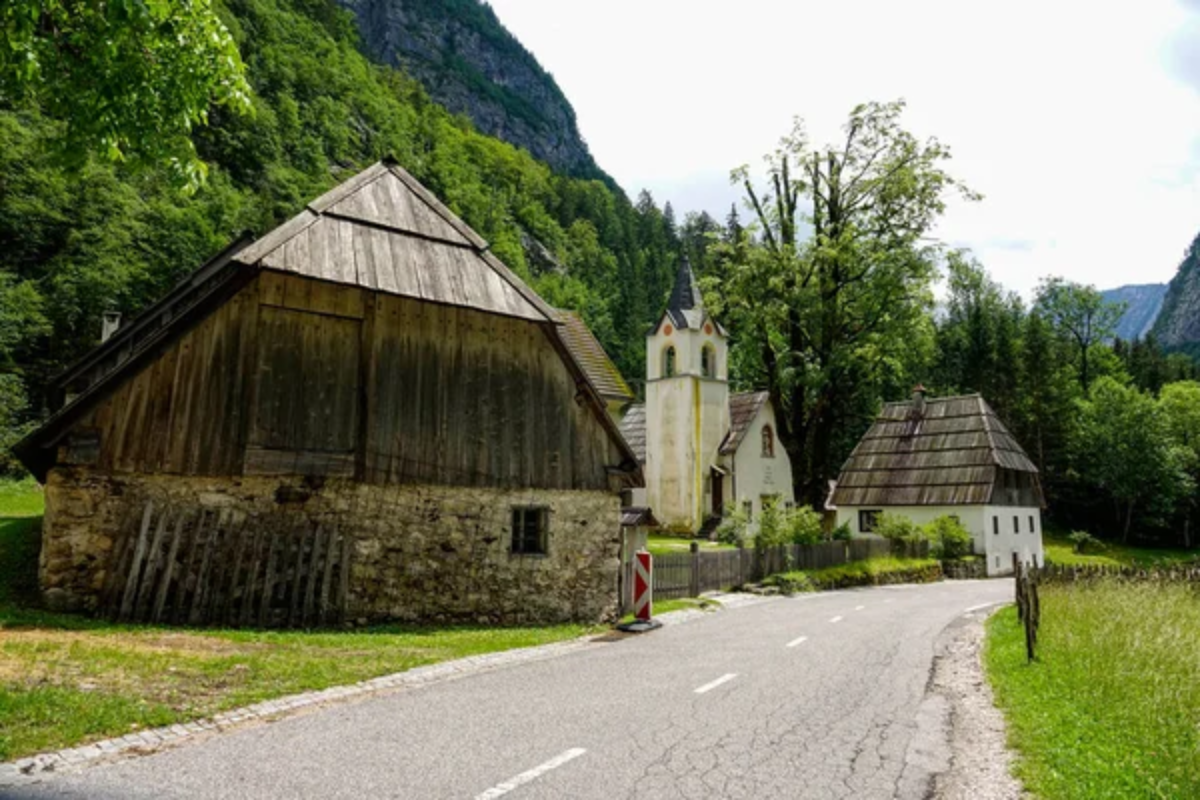
Slovenia’s emerald-green Soča River carves a path through the Julian Alps, creating one of Europe’s most photogenic valleys. The road follows this crystal-clear waterway, crossing it via historic stone bridges that frame perfect postcard shots of the turquoise waters below.
History buffs will appreciate that this peaceful paradise was once the setting for some of World War I’s fiercest mountain battles, now commemorated by the Kobarid Museum along the route.
Eagle Road, Poland
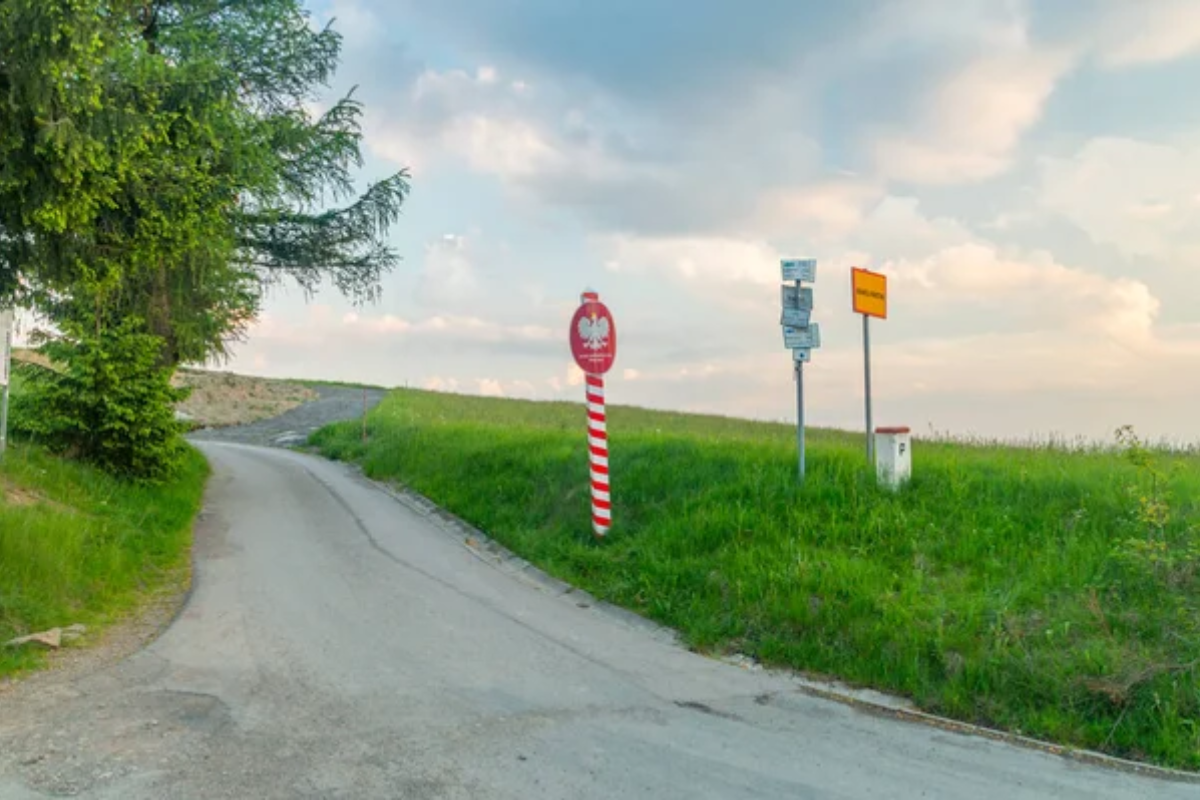
Poland’s Eagle Road traverses the spectacular Pieniny Mountains along the border with Slovakia. It is named for the eagles that soar above its limestone cliffs. The highlight is when the road skirts the Dunajec River Gorge, where traditional wooden rafts navigate the rushing waters below as they have for centuries.
The medieval Niedzica Castle stands guard over the artificial Lake Czorsztyn, providing a perfect midway stopping point on this 40-mile scenic route.
Bohemian Paradise, Czech Republic
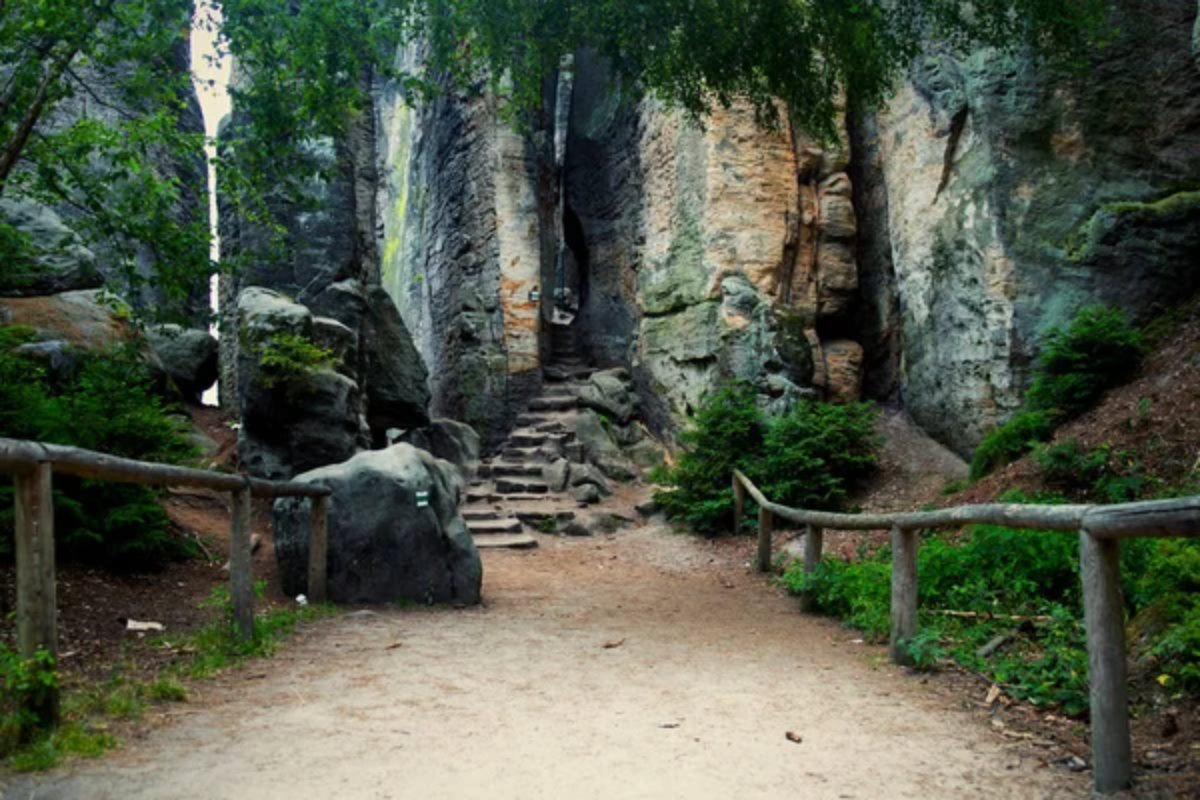
The Czech Republic’s Bohemian Paradise drive takes you through a landscape of towering sandstone formations that resemble a natural city of rock towers and valleys. The route connects charming towns like Jičín and Turnov, where traditional glassmaking and gemstone crafts continue as they have for generations.
Ancient castles like Trosky, with its distinctive twin towers perched atop volcanic plugs, create silhouettes against the horizon that seem borrowed from fantasy novels.
Like Travel Pug’s content? Follow us on MSN.
Lake Prespa Circuit, North Macedonia
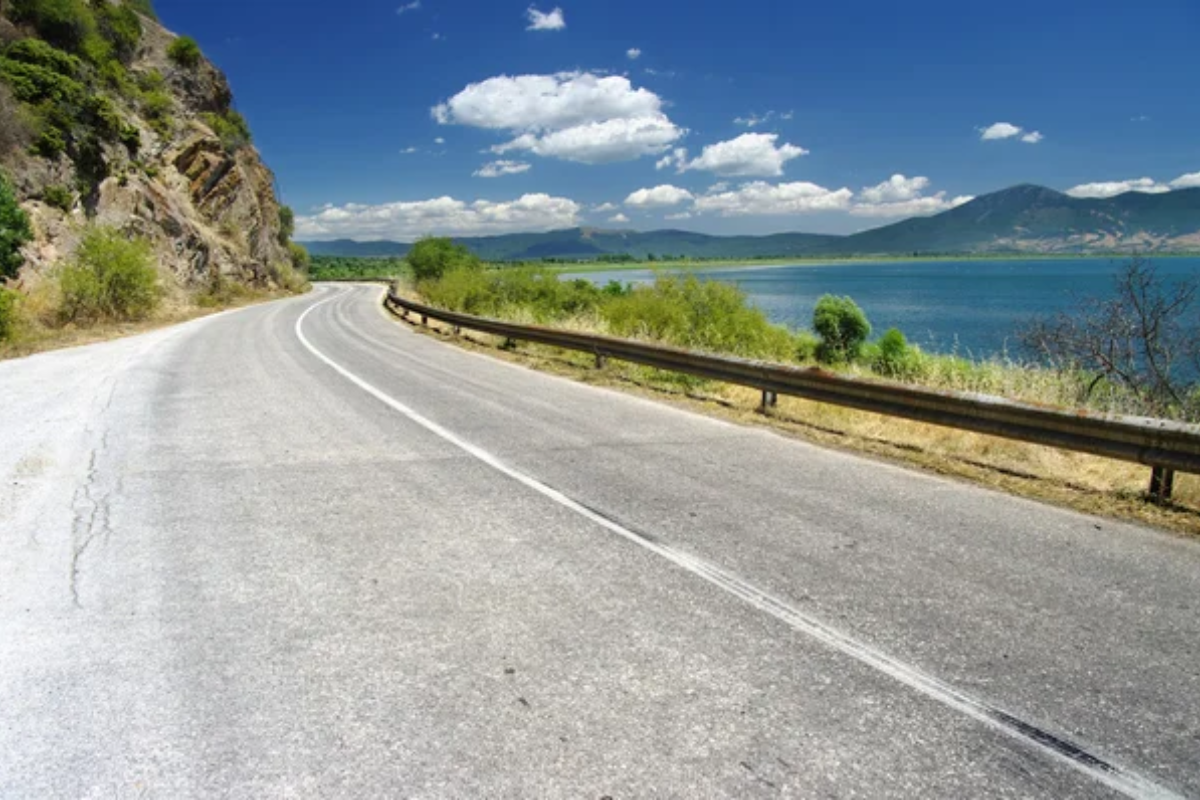
North Macedonia’s Lake Prespa Circuit traces the shoreline of one of Europe’s oldest and most mysterious lakes, which is shared with neighboring Albania and Greece. The road passes through apple orchards that produce the country’s famous red delicious variety, which provides bursts of pink blossoms in spring and laden branches in autumn.
Abandoned fishing villages and Byzantine churches dot the landscape, while thousands of pelicans and flamingos make the lake their home, creating a birdwatcher’s paradise.
Transalpina, Romania
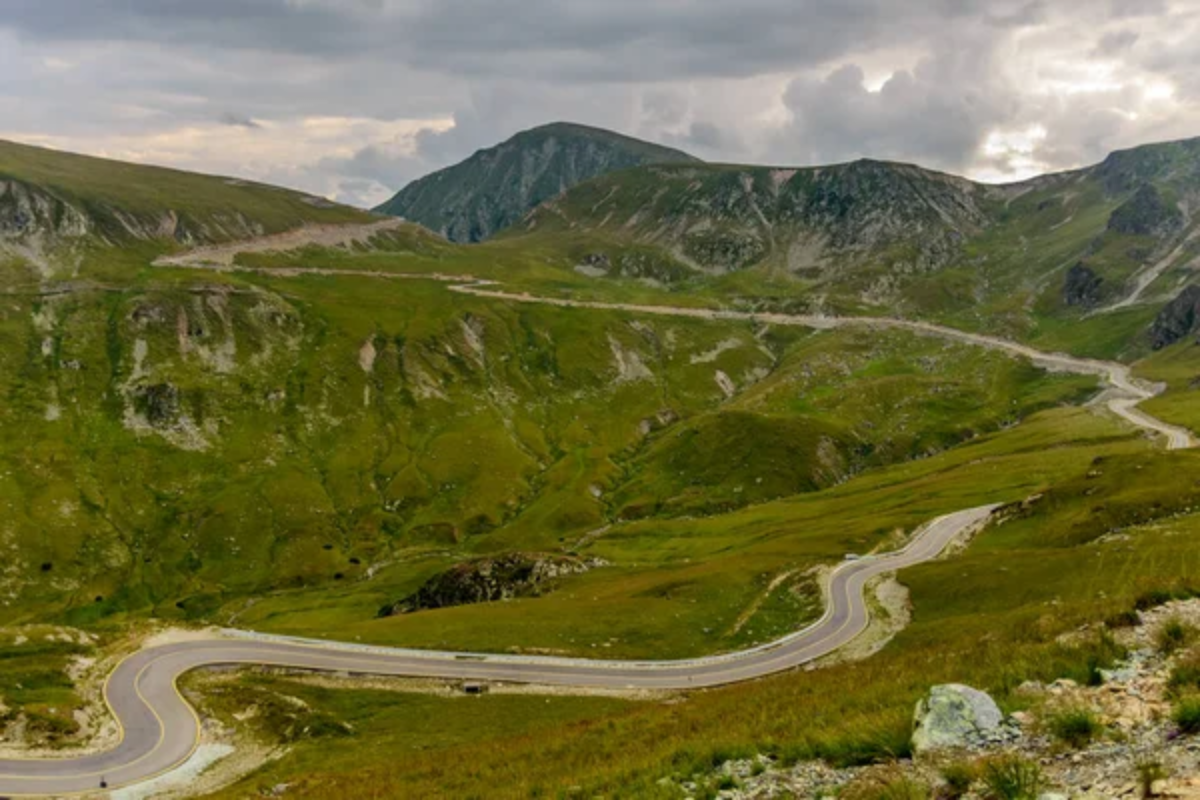
Romania’s Transalpina is the highest paved road in the country, crossing the Parâng Mountains at over 7,000 feet above sea level. Along this ancient route, sheepherders still use traditional methods, and their flocks occasionally claim right-of-way as they cross the asphalt.
The dramatic alpine scenery shifts from dense spruce forests to barren mountaintops, offering a complete cross-section of Romania’s diverse ecosystems in just 90 miles.
Dalmatian Coastal Road, Croatia
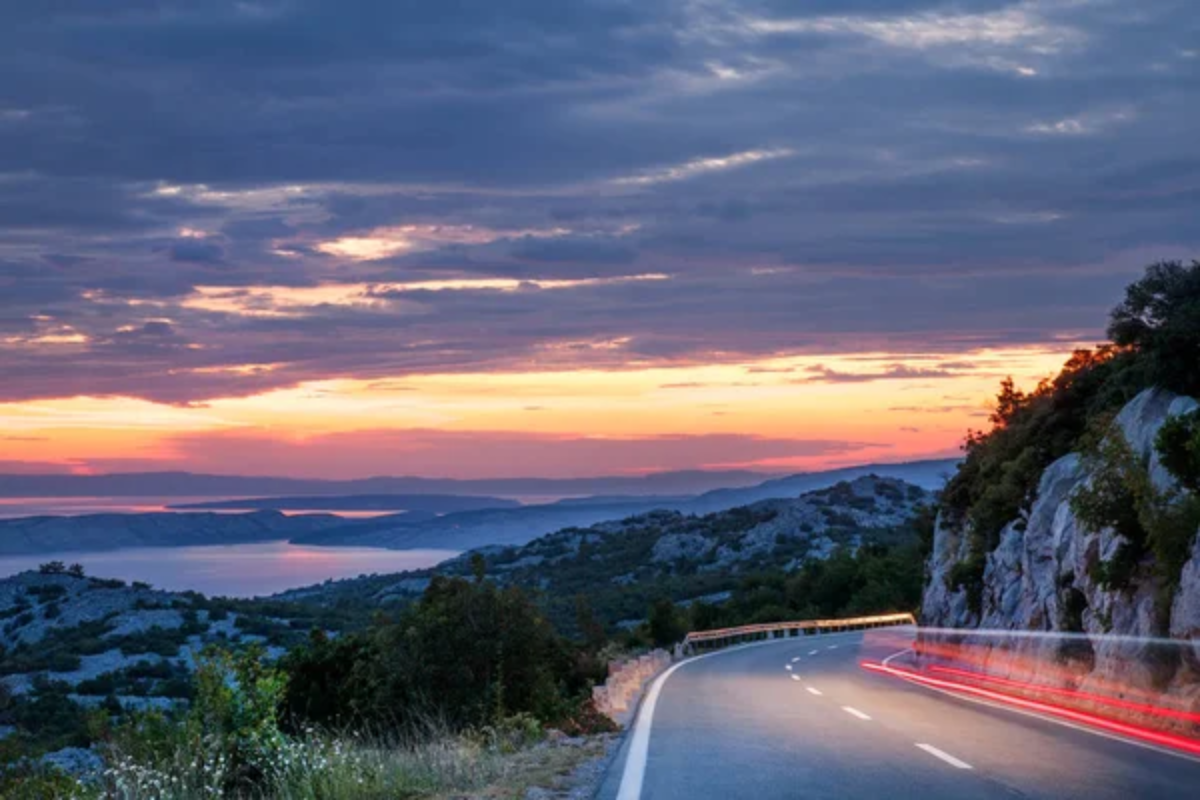
Croatia’s Dalmatian Coastal Road clings to steep limestone cliffs between Split and Dubrovnik above the impossibly blue Adriatic Sea. The route passes through small fishing villages, where restaurants serve the morning’s catch just steps from the boats’ docks.
The road briefly detours through a small section of Bosnia and Herzegovina near Neum, adding an unexpected stamp to your passport on this Mediterranean journey.
Like Travel Pug’s content? Follow us on MSN.
Little Carpathians Wine Route, Slovakia
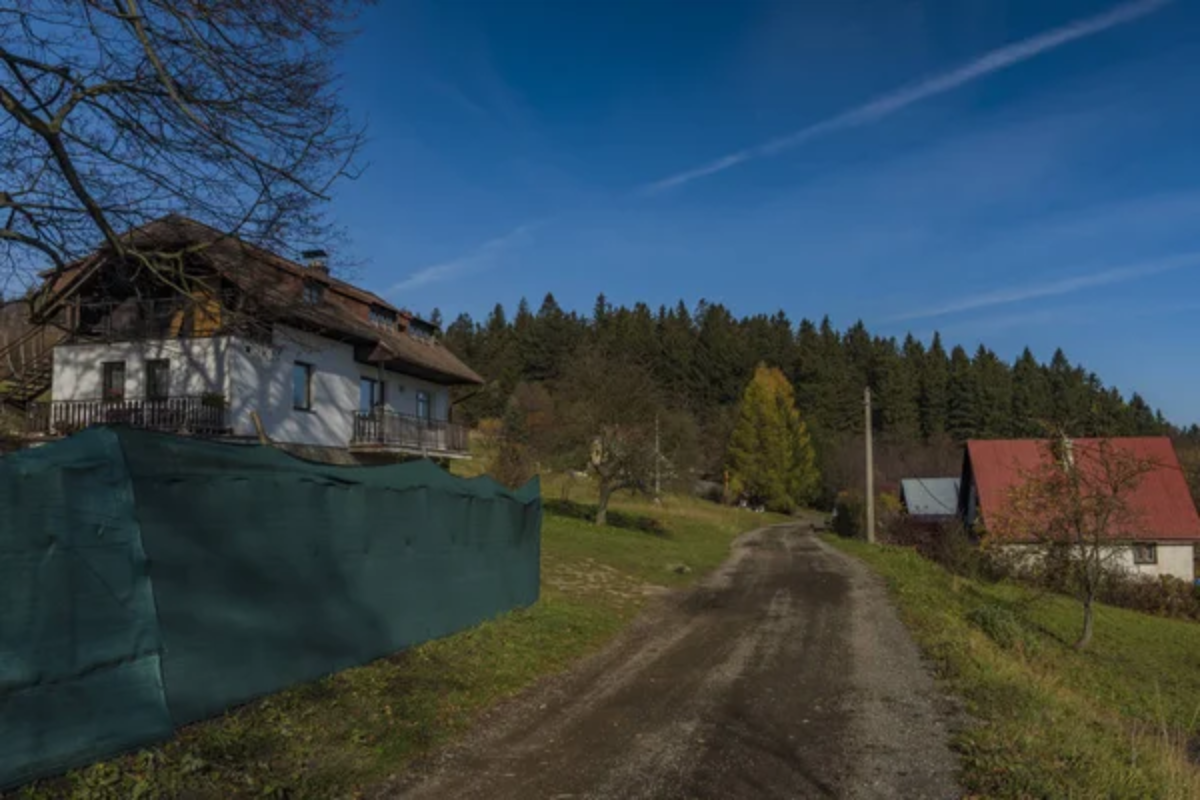
Slovakia’s Little Carpathians Wine Route winds through the country’s premier wine region, just minutes from the capital city of Bratislava. Small family wineries welcome visitors into centuries-old cellars carved into the limestone hillsides, offering local Frankovka Modrá and Rizling varieties tastings.
The medieval town of Modra serves as Slovakia’s ceramic center, where artisans produce distinctive blue pottery using techniques passed down through generations.
Shipka Pass, Bulgaria
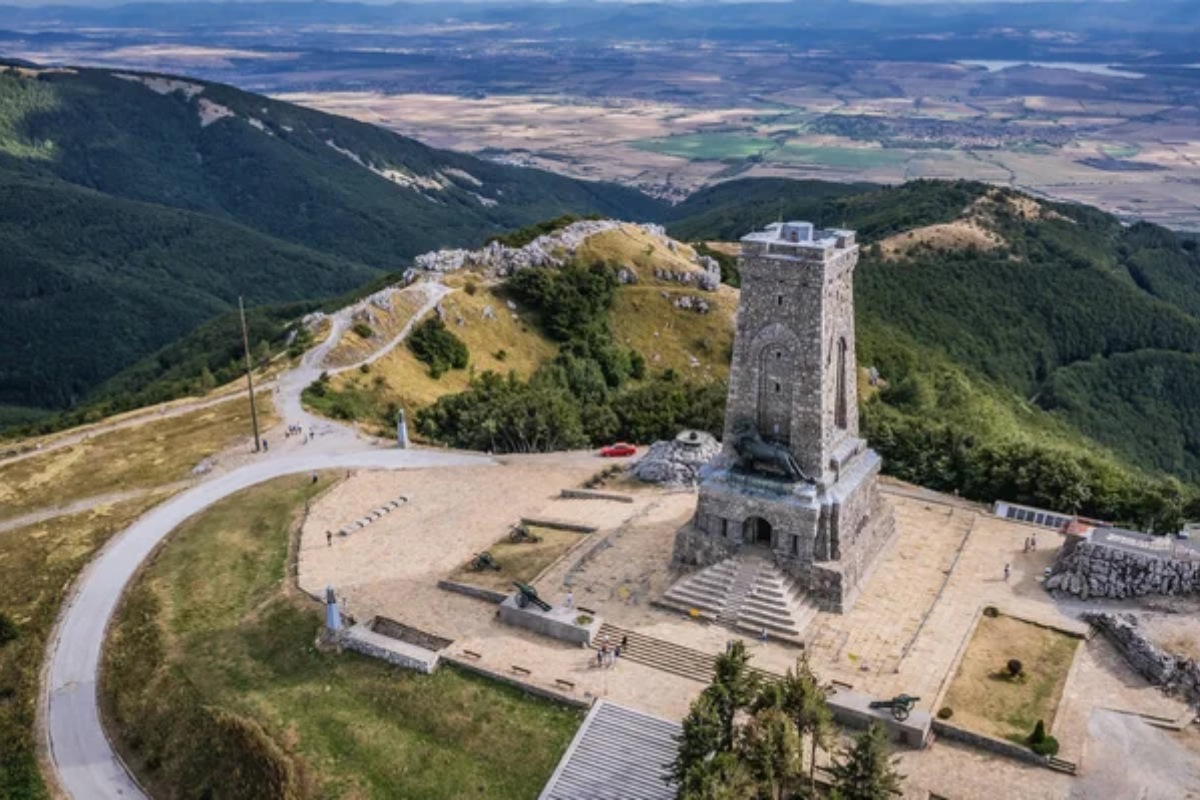
Bulgaria’s historic Shipka Pass cuts through the Balkan Mountains, the site of a crucial battle for independence from Ottoman rule in 1877. The road climbs from the Valley of Roses, where 70% of the world’s rose oil is produced, to a dramatic mountain pass crowned by a memorial to fallen Russian and Bulgarian soldiers.
The nearby Buzludzha Monument, an abandoned Communist-era flying saucer-shaped headquarters, creates one of Europe’s most surreal roadside attractions.
Durmitor Ring, Montenegro
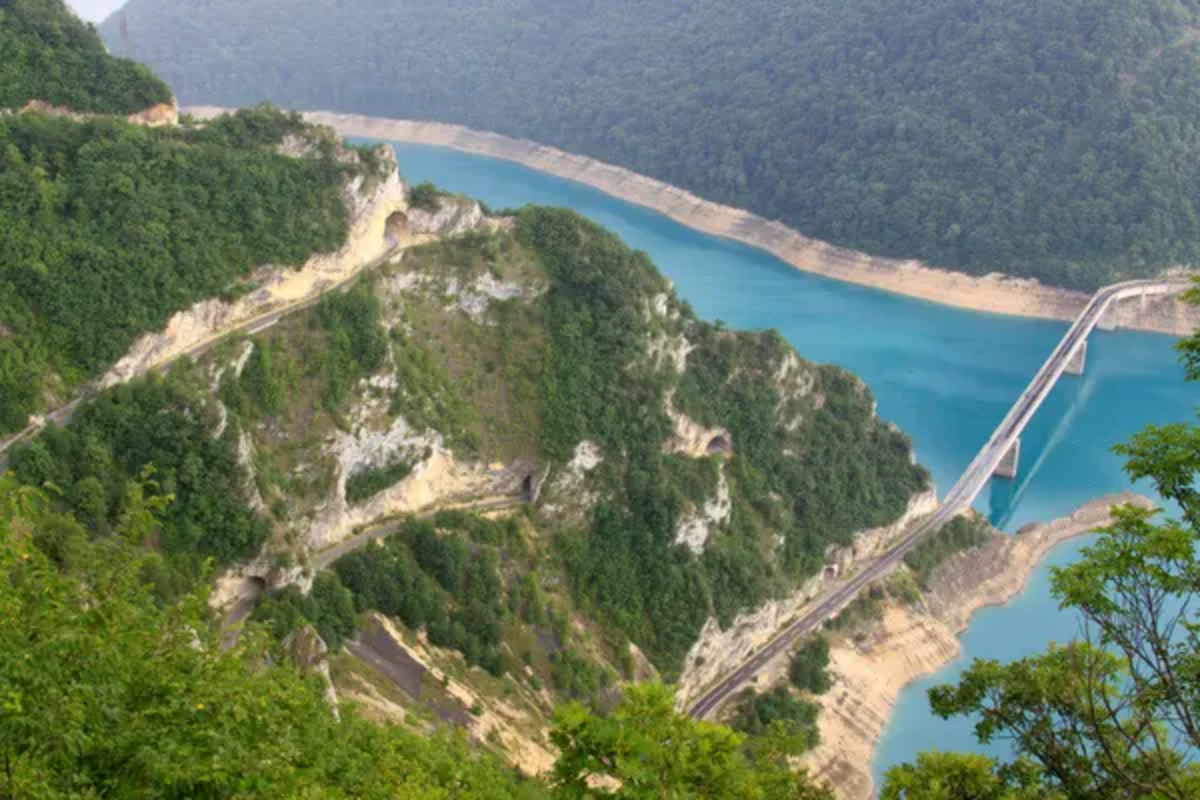
Montenegro’s Durmitor Ring circles the country’s most impressive mountain range, passing through Europe’s deepest canyon, carved by the Tara River. The 50-mile loop takes you through remote villages where cheese and honey production continues using methods unchanged for centuries.
Eighteen glacial lakes known as ‘mountain eyes’ reflect the surrounding peaks, creating natural mirrors that change color with the passing clouds.
Like Travel Pug’s content? Follow us on MSN.
Aggtelek Karst Road, Hungary
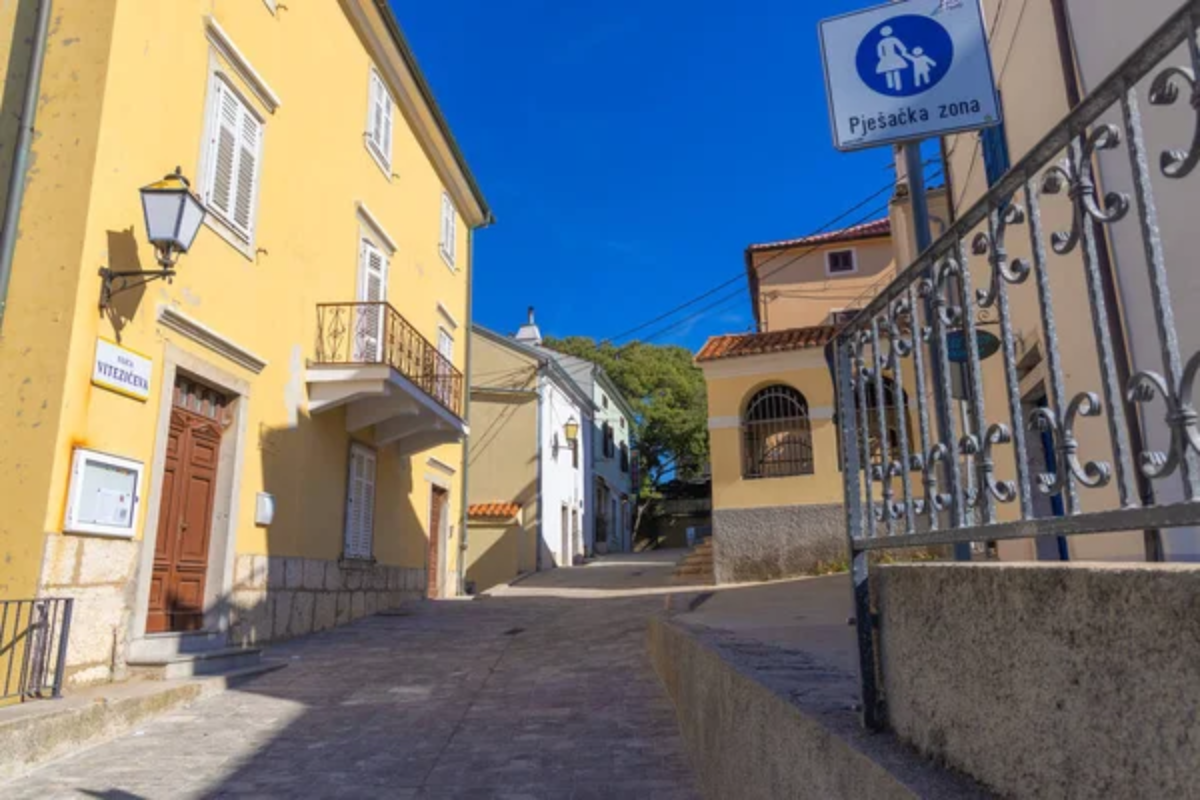
Hungary’s Aggtelek Karst Road winds through a landscape of sinkholes, caves, and underground rivers near the Slovak border. The UNESCO-protected area contains over 700 caves, including Baradla Cave, with its stunning stalactite concert hall known for perfect natural acoustics.
Local cuisine features wild mushrooms gathered from the karst forests, particularly during the autumn when the landscape erupts in a palette of gold and crimson.
Danube Delta, Romania
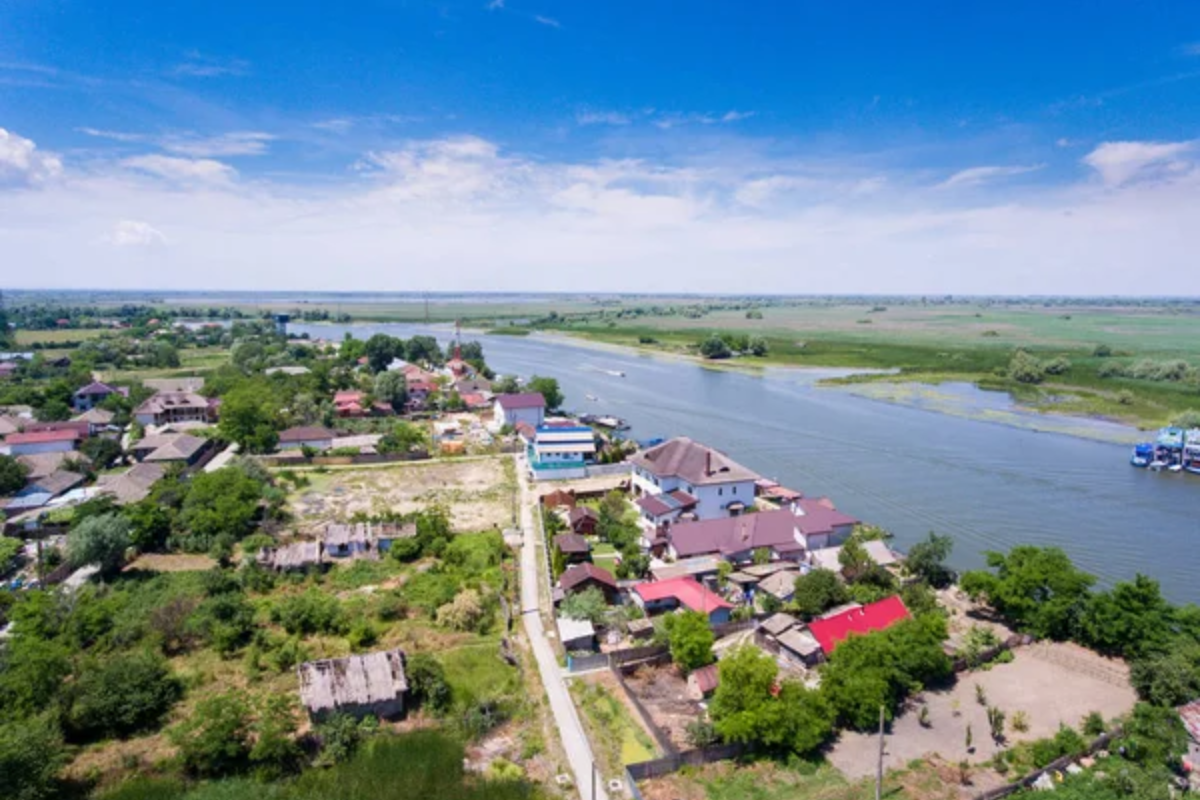
Romania’s Danube Delta roads thread through Europe’s largest biodiverse wetland, where the mighty river finally meets the Black Sea. Isolated villages like Sfântu Gheorghe are accessible only by boat for much of the year, preserving traditional fishing communities where life revolves around the water’s rhythms.
The area hosts over 300 bird species, including increasingly rare Dalmatian pelicans with wingspans reaching ten feet, creating a paradise for wildlife photographers.
Retezat National Park Circuit, Romania
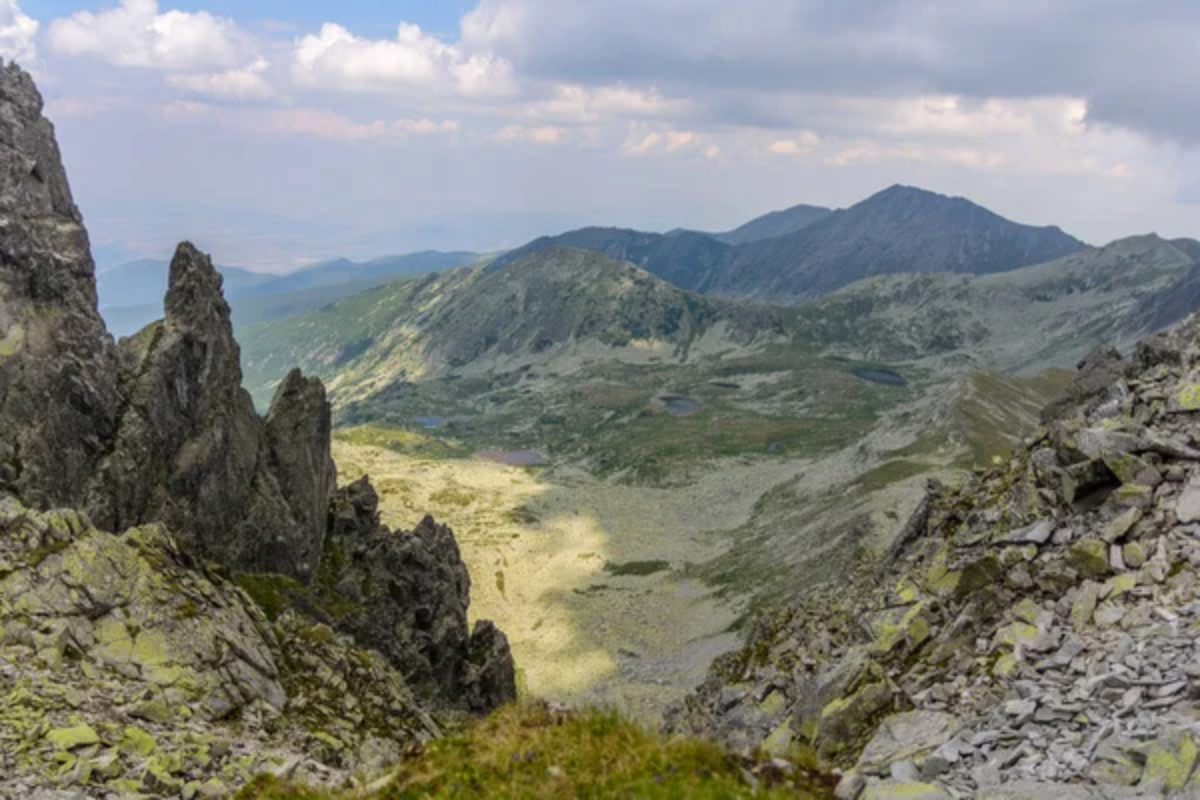
Romania’s Retezat National Park circuit passes through one of the country’s oldest protected areas, established in 1935 to preserve ancient forests and pristine alpine zones. The road skirts more than 80 glacial lakes, their crystal-clear waters reflecting the surrounding peaks like natural mirrors.
Local shepherds still practice transhumance, moving their flocks between summer and winter pastures as they have for thousands of years.
Like Travel Pug’s content? Follow us on MSN.
Rila Mountains, Bulgaria
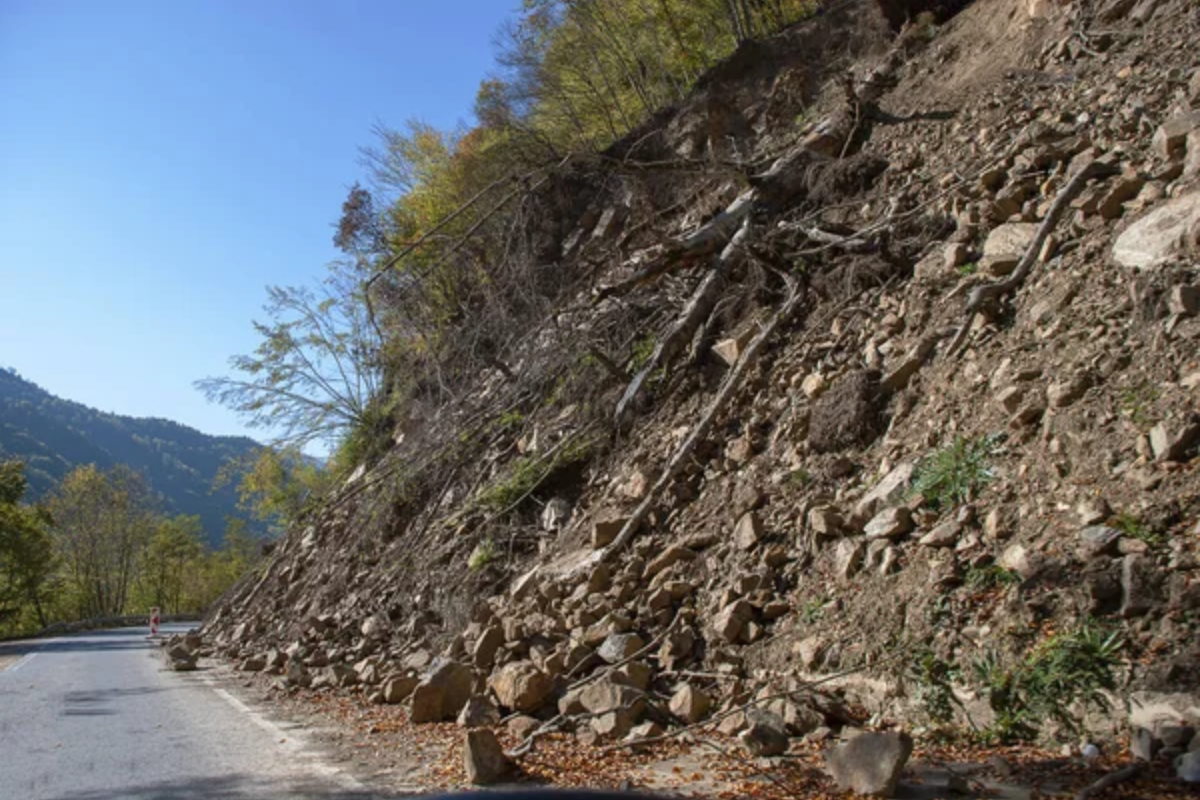
Bulgaria’s Rila Mountain road leads to the country’s spiritual heart, the 10th-century Rila Monastery, nestled in a forested valley. The route passes through dense coniferous forests that house some of Europe’s last brown bear populations, their presence evidenced by claw marks on streamside trees.
The Seven Rila Lakes, each named for its distinctive shape – The Tear, The Eye, The Kidney – create a series of stepped pools connected by small waterfalls above the treeline.
Green Lake Road, Estonia
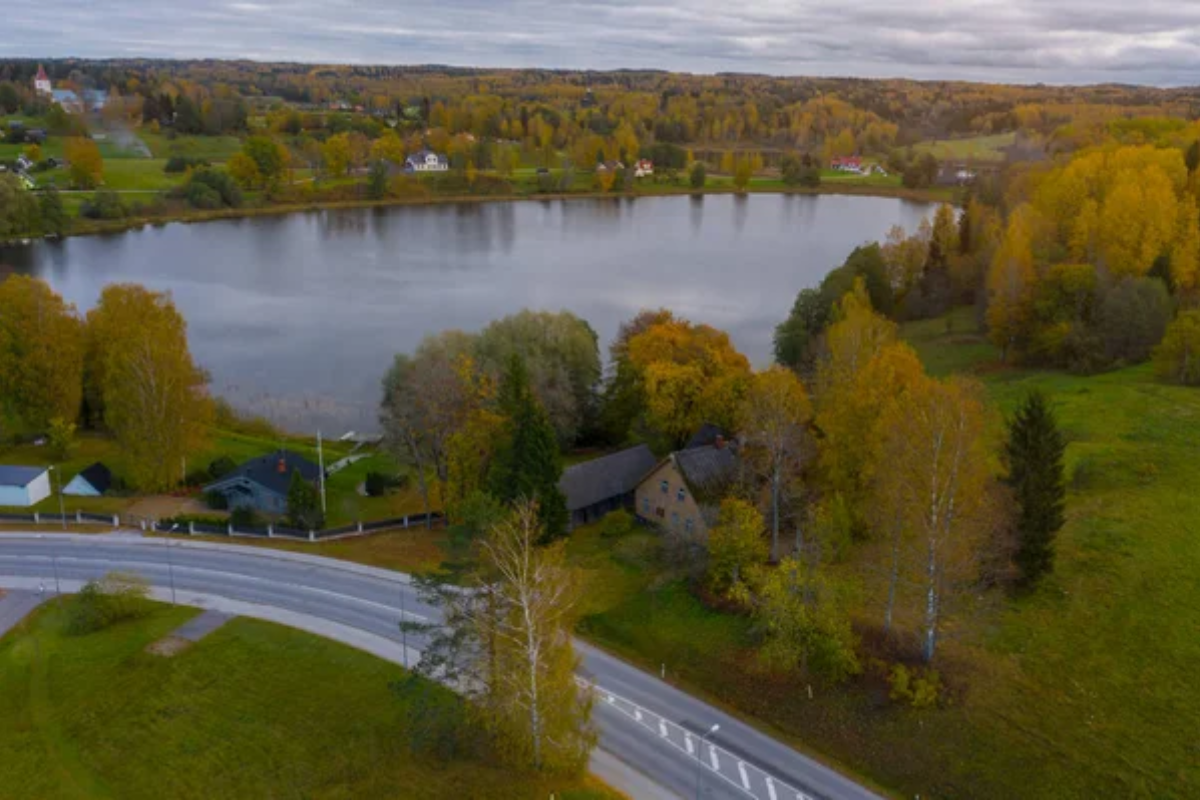
Estonia’s Green Lake Road cuts through the country’s southern forests to reach this emerald-colored natural wonder near the Latvian border. The route passes through the university town of Tartu, where cafes filled with students create a vibrant atmosphere in this intellectual capital.
Traditional smoke saunas, an Estonian cultural practice recognized by UNESCO, can be found in small villages along the way, offering visitors a chance to experience this purifying ritual.
Gauja Valley, Latvia
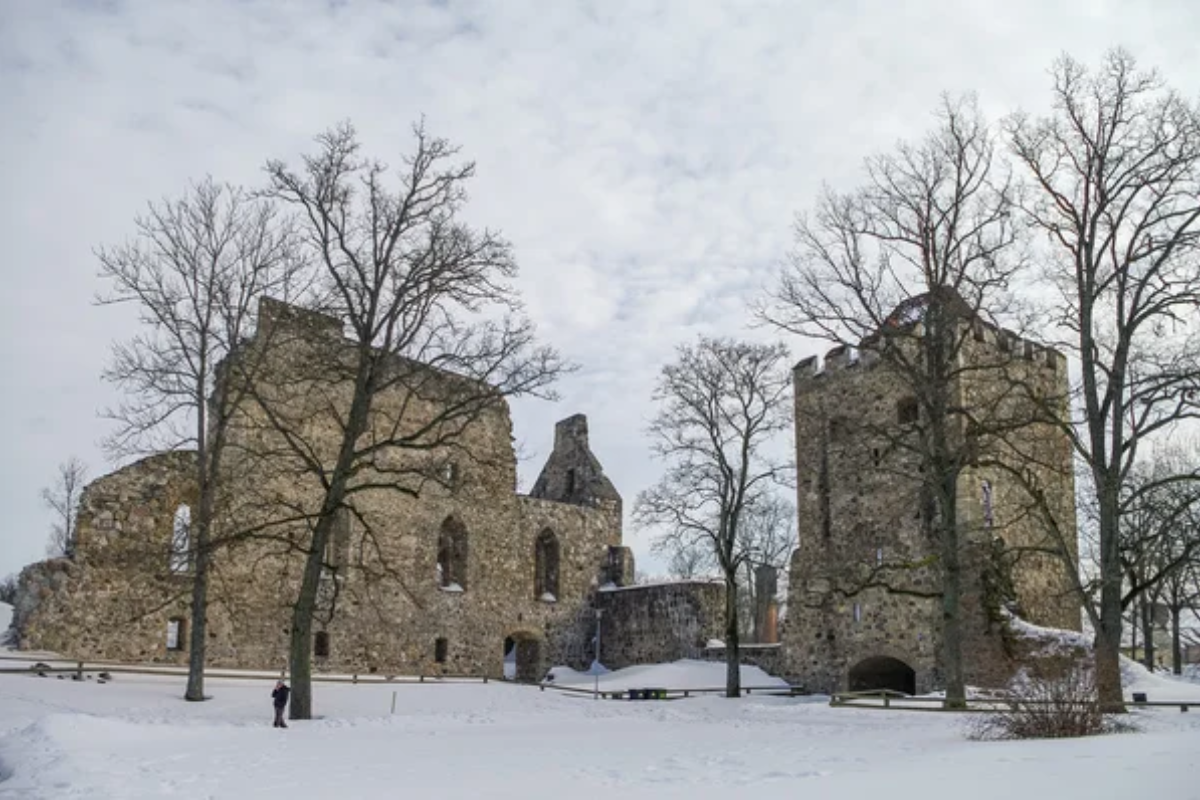
Latvia’s Gauja Valley road follows the country’s longest river through a landscape of sandstone cliffs and medieval castles. The route connects the storybook towns of Sigulda and Cēsis, where reconstructed medieval festivals bring history to life during the summer months.
Ancient pagan sites in the surrounding forests reveal Latvia’s pre-Christian heritage, with moss-covered stone altars still used for summer solstice celebrations.
Like Travel Pug’s content? Follow us on MSN.
Final Destinations
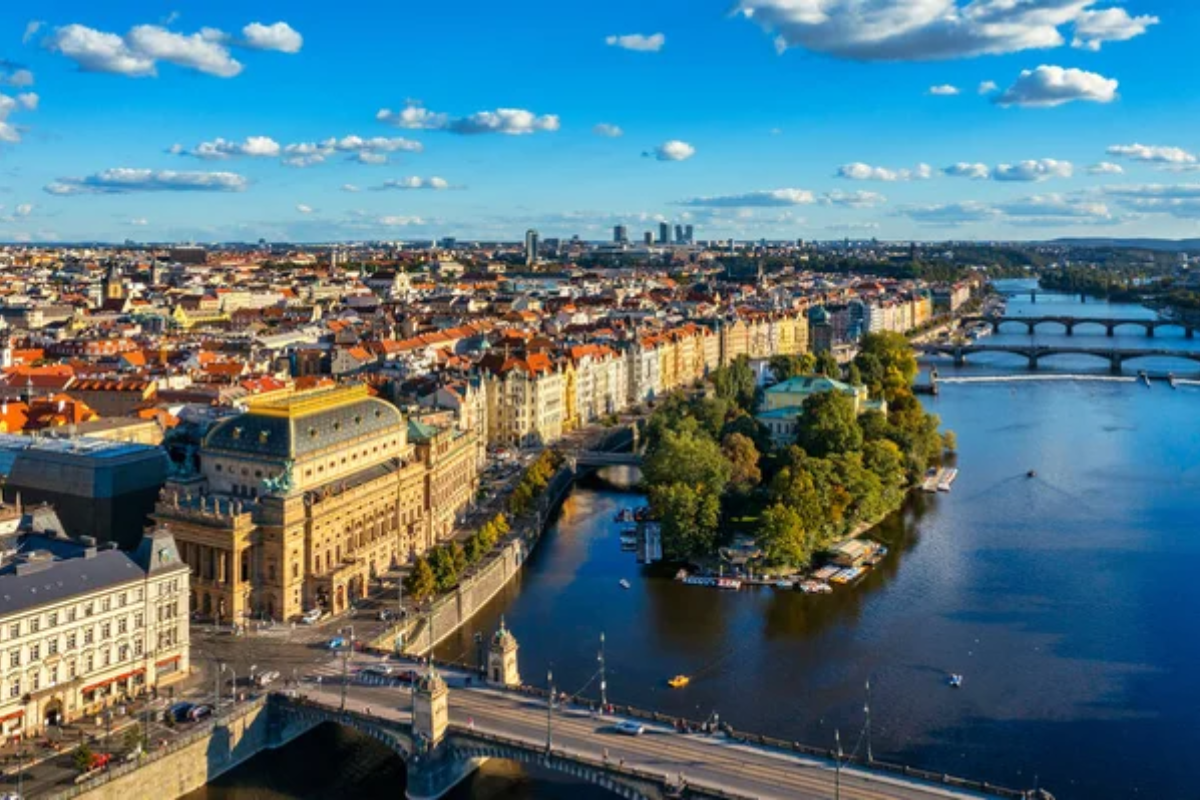
These Eastern European drives represent some of the continent’s last truly uncrowded scenic routes, where getting lost often leads to the most memorable experiences. The countries in this region continue to develop their tourism infrastructure, making now the perfect time to visit before the secret gets out.
The less-traveled roads often lead to the most authentic experiences, particularly in Eastern Europe, where hospitality toward travelers remains warm rather than commercial.
More from Travel Pug

- 20 Mind-Blowing Things You Probably Didn’t Know You Could Do in the U.S.
- The Best Cruise Ship Experiences for U.S. Citizens
- The Best U.S Travel Destinations for Golf Lovers
- The 25 Most Dangerous Cities in the World (Exercise Caution if Travelling There)
- The Best Fall Foliage Spots in New England (Must-See Places)
Like Travel Pug’s content? Follow us on MSN.
